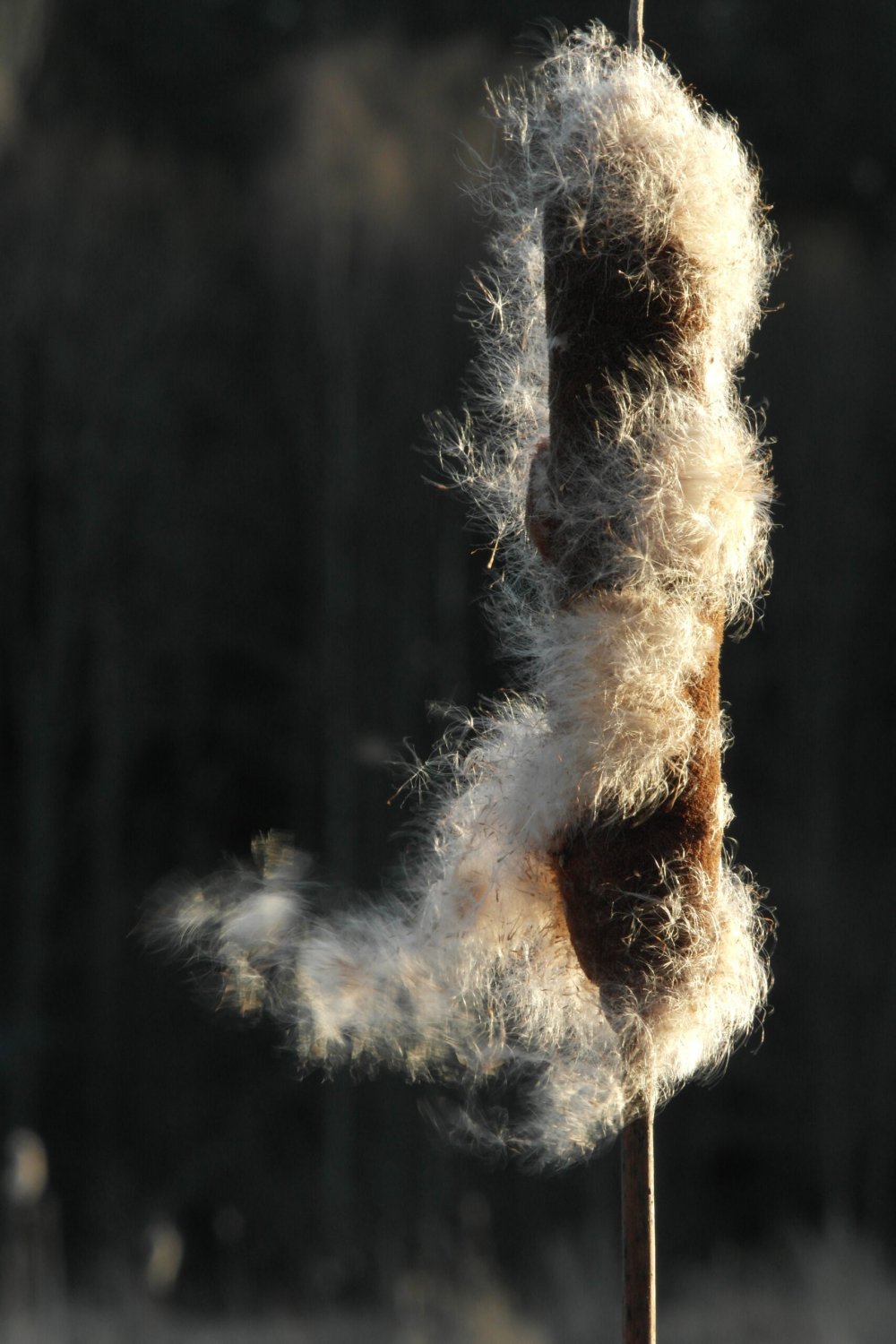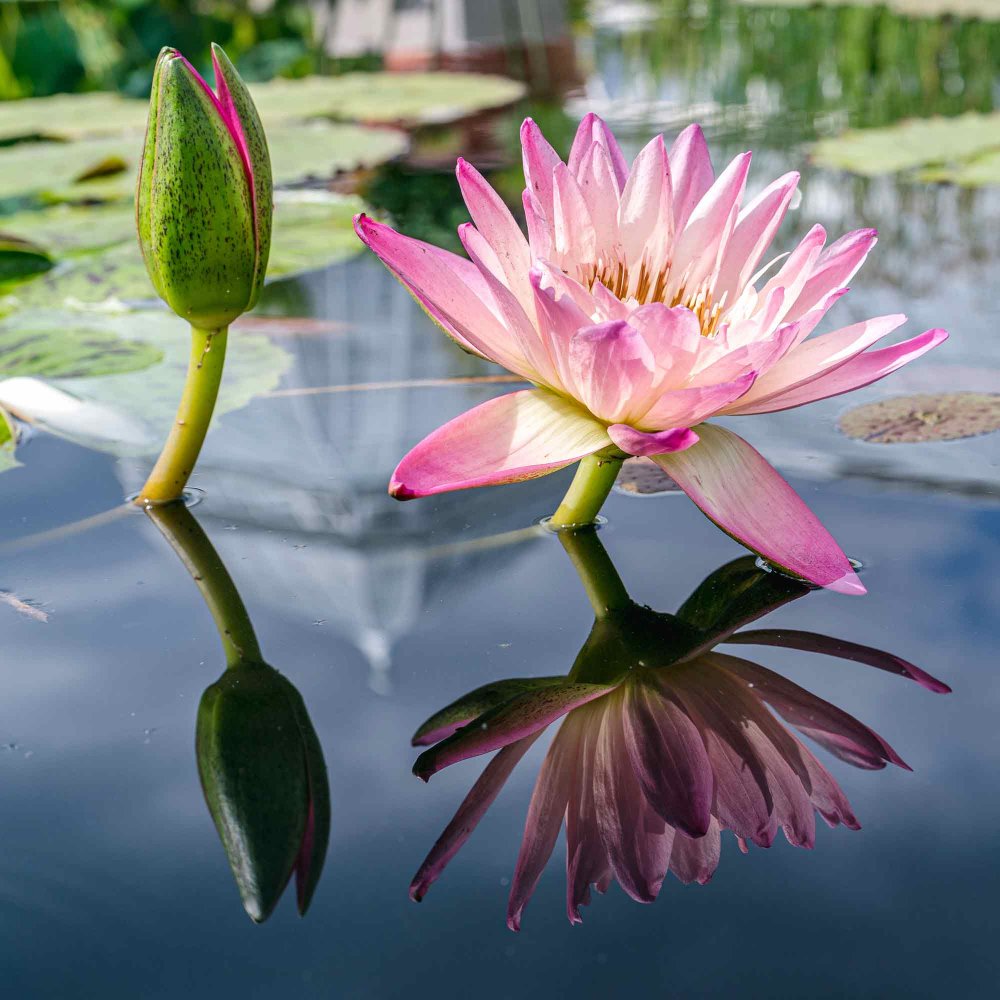Sedges & Reeds
Sedges and Reeds are superficially similar, but actually quite different. But unless you are a biologist – who cares? ( Reeds are grasses, sedges are sedges. )
Sedges
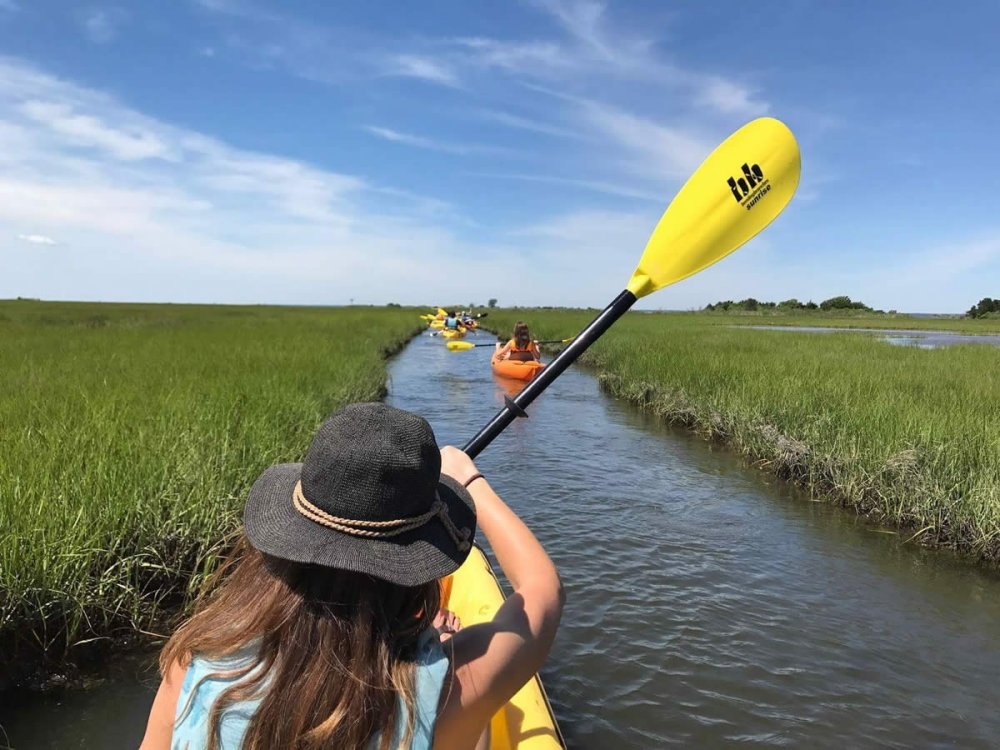
Sedges tolerate a wide range of salinity, from freshwater to seawater, although they seem to grow best in brackish water. So, like above, if you are exploring a bay or inlet, that stuff all around you is most likely sedge.
Channels like the one above are not natural, they are cut primarily for mosquito control. Mosquito larvae need still water, and the tidal flow helps flush them out, while also allowing access for fish to feed on them. That’s the idea, but it is not 100% effective, so bring your bug spray.
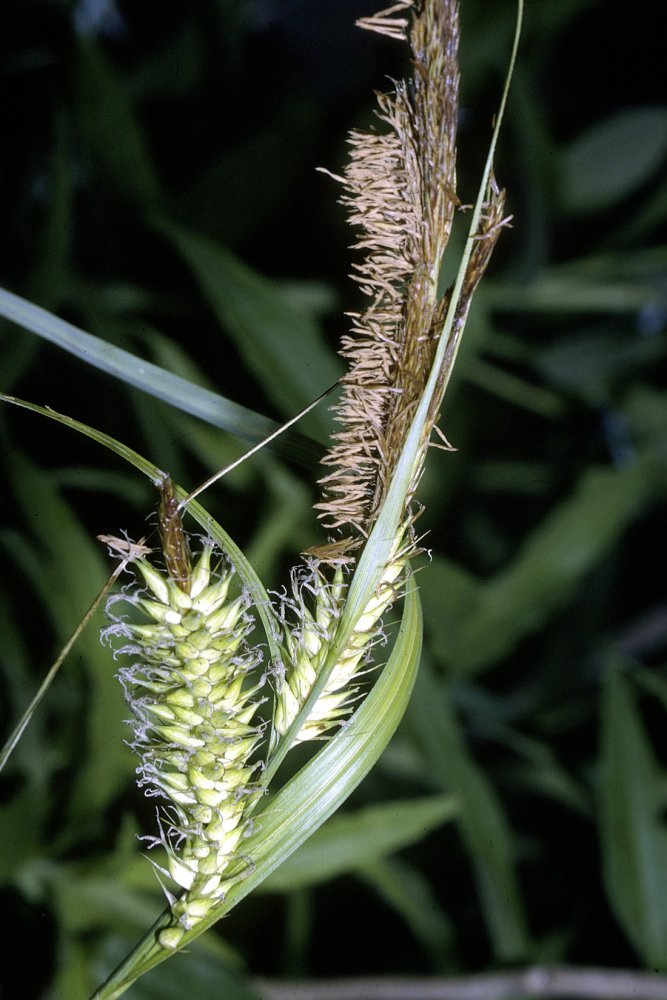
Reeds
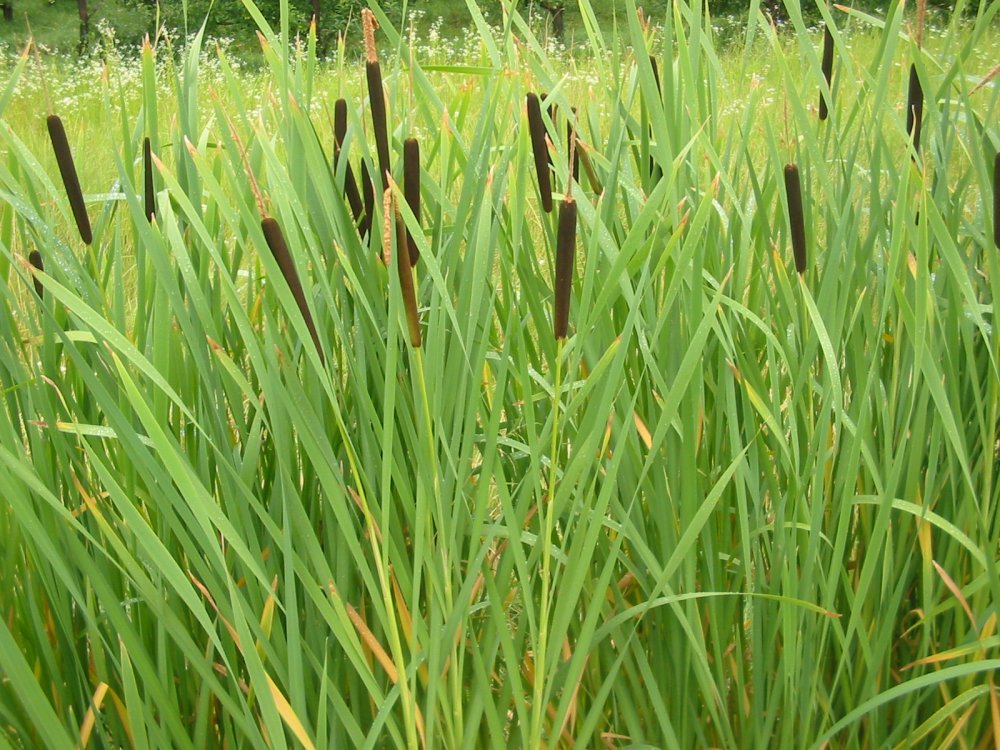
One well-known reed is the Cattail. This member of the grass family tolerates brackish water, but is found most often in fresh.
